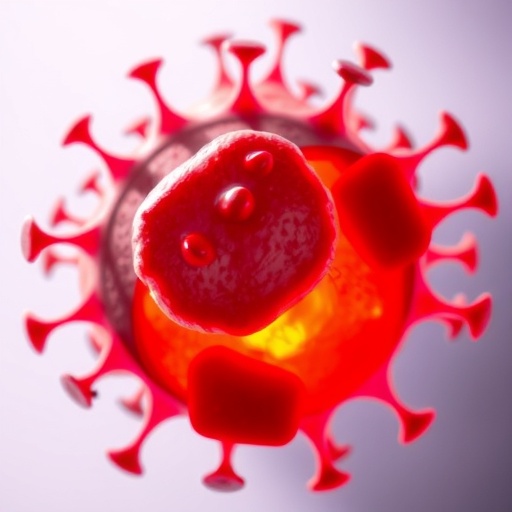UVA researchers developing model to predict impact of repeated exposures

Credit: UVA Health
University of Virginia School of Medicine researchers are partnering with the U.S. Navy and National Institutes of Health to develop a model predicting how regular exposure to artillery blasts affects the brains of military personnel.
The military could use this model to determine which groups of service members are at greatest risk from repeated exposure and develop plans to reduce their risk of potential adverse health effects over their career. A three-year, $2.1 million grant from the U.S. Department of Defense will help support this research.
The risk model will build on an earlier collaborative study between UVA researcher James Stone, MD, PhD; Capt. Stephen Ahlers (retired), PhD, of the U.S. Naval Medical Research Center; the Walter Reed Army Institute of Research; and the NIH. The study found that military personnel working as “breachers” – specialists who use explosives to enter buildings and other hardened structures – had differences in brain structure, activity, and blood flow compared with an age-matched control group. An analysis of the findings determined that the effects on the breachers’ brains varied based on the number of blasts they had been exposed to and the number of years they spent in the role.
“The current study will allow us to better understand how artillery blast exposure over a career may influence brain health in service members and to help answer the question of ‘how much is too much’ as it relates to artillery blast exposure,” Stone said. “The model may be used to inform practices designed to decrease the cumulative exposure of a service member to blasts over their career to help protect their health.”
Gauging the Effect of Artillery Blasts
To develop the model, up to 30 service members from artillery units will be evaluated and compared with up to 30 military personnel in a control group who have not been exposed to low-level artillery blasts.
During three-and-a-half days of evaluations at UVA, study participants will undergo a series of neurological and psychological tests, including memory, attention, hearing, balance, posture and general brain function exams. Participants will also receive magnetic resonance imaging (MRI) brain scans and have blood and saliva collected for testing. Blood and saliva will be analyzed by researchers at the Naval Medical Research Center and the NIH.
Based on an analysis of the study data, the researchers will develop a model to predict the effects of regular exposure to low-level artillery blasts over the course of a service member’s career. The goal: identify which groups of military personnel are at the greatest risk for suffering brain injuries both during and after their military service and develop strategies to reduce those risks.
###
Media Contact
Eric Swensen
[email protected]
Original Source
https:/





